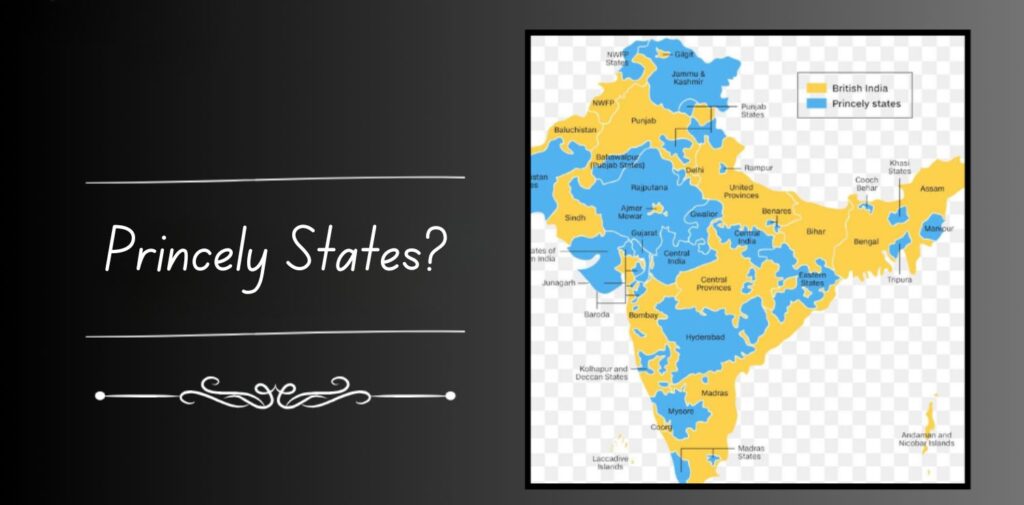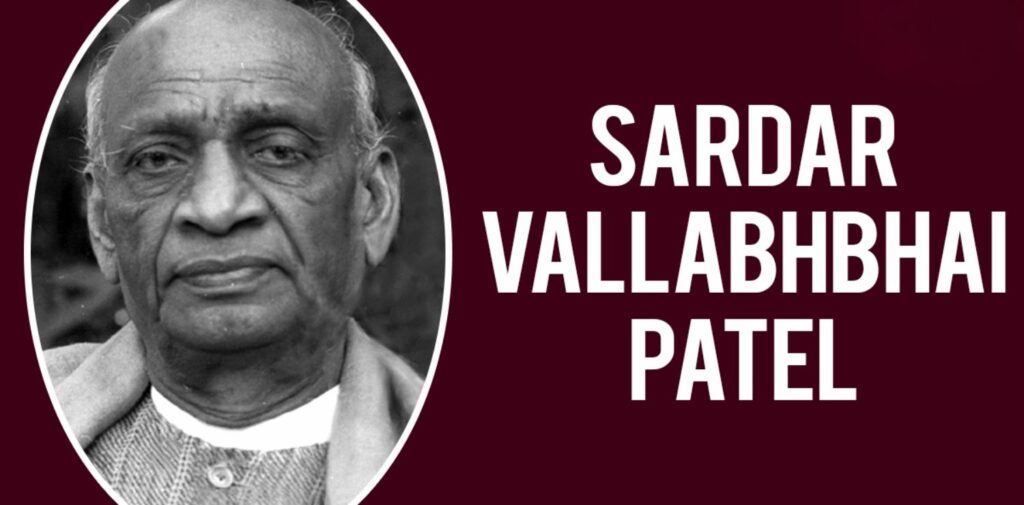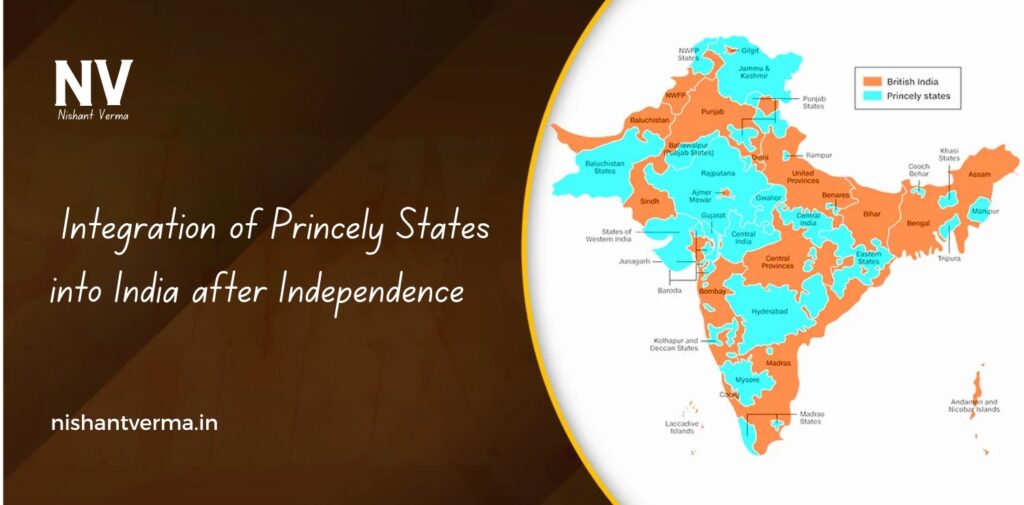When India gained independence from British rule on August 15, 1947, it was not just one unified country. Instead, it was made up of two parts: British India and a number of smaller regions known as Princely States. These Princely States were areas ruled by kings or princes, and they had their own rules, armies, and systems of governance. The challenge for the new leaders of India was how to bring these states into the new Indian nation and make it one united country.
What Were Princely States?
Before 1947, India was divided into many Princely States. These were regions that were not directly controlled by the British government but were ruled by local kings, princes, or nawabs. Some of these states were very small, while others were large and powerful. The Princely States had different customs, languages, and ways of ruling, but they all followed the British in matters of defense and foreign policy. The British allowed these kings and princes to stay in power as long as they were loyal.

The Situation After Independence
When India gained independence in 1947, it was divided into two countries—India and Pakistan. Pakistan was created for Muslims, and India became a nation for everyone, including Hindus, Muslims, Sikhs, and others. However, there was a problem: there were still around 565 Princely States that were not part of either India or Pakistan.
The Indian leaders, especially Sardar Vallabhbhai Patel, knew that these states needed to be brought into India. Otherwise, the country would be divided into many small pieces, making it weak. The integration of these states into India became one of the most important tasks for the newly independent nation.
The Role of Sardar Vallabhbhai Patel
Sardar Vallabhbhai Patel, who was the Deputy Prime Minister of India, played a key role in integrating these Princely States. He was a very determined and practical leader who believed in a strong and united India. He worked day and night, meeting with the kings and rulers of these states, convincing them to join India.
Patel used both diplomacy and forceful measures to bring the Princely States into India. He believed that the unity of the country was more important than the wishes of individual kings or princes. Patel’s efforts are often called the “Iron Man of India” for his strong leadership and determination.

How Did the Princely States Join India?
There were different ways in which the Princely States joined India. Some states agreed to join voluntarily, while others needed more persuasion. Here’s how it happened:
- The Instrument of Accession: The kings and rulers of the Princely States were given the choice to join either India or Pakistan. To join India, they had to sign a legal document called the Instrument of Accession. This document stated that they were willing to accept India’s sovereignty over their state, but they would still have control over their internal matters.
- Pressure and Negotiation: Some rulers were unsure about joining India or Pakistan, and they wanted to remain independent. Sardar Patel and his team worked hard to convince them. In some cases, like with Hyderabad and Jammu & Kashmir, the Indian government had to use military force or strong negotiations to bring the states into India.
- The Case of Jammu & Kashmir: One of the most famous and complicated cases was that of Jammu & Kashmir. The king of Jammu & Kashmir, Maharaja Hari Singh, initially wanted to remain independent. However, when Pakistan invaded Kashmir in 1947, the Maharaja agreed to join India in exchange for military help. He signed the Instrument of Accession, and Jammu & Kashmir became part of India, though it became the subject of a long-standing dispute between India and Pakistan.
- Tributary States and Protected States: Some states were already under British control in many ways, like the Chambal Valley or the Rulers of Bhonsle States, and they were automatically integrated into India. These states had a special relationship with the British and were considered protected. As a result, it was easier for them to join India without much resistance.
Challenges Faced During Integration
The integration of the Princely States into India was not easy. Many challenges were faced during this time:
- Opposition from Rulers: Some rulers did not want to give up their power and wanted to remain independent or join Pakistan. For example, the Nizam of Hyderabad wanted to remain independent, but after a military operation called Operation Polo, Hyderabad was integrated into India in 1948.
- Unrest and Confusion: In many places, the people were confused about which country they should be a part of. Some people were unhappy with the decisions made by their rulers and protested against the move to join India.
- Geographical Issues: Some states, like Junagadh, were geographically close to Pakistan but had rulers who chose to join India. This led to confusion and even conflict for a short period.
- The Role of the Military: In some cases, the Indian Army had to step in to ensure peace and stability. For example, when the Nizam of Hyderabad refused to join India, the Indian government launched Operation Polo, a military operation that resulted in Hyderabad’s integration into India.

The Result: A United India
Thanks to the efforts of Sardar Patel and the Indian government, by 1950, most of the Princely States had joined India. The country was now largely united, except for a few areas like Jammu & Kashmir, which remained a point of dispute.
The integration of the Princely States into India was an important step in the creation of a strong, independent nation. It brought together diverse cultures, languages, and regions into one country, making India the diverse and vibrant country we know today.
Conclusion
The integration of the Princely States into India after independence was not a simple task. It required careful negotiation, strong leadership, and sometimes even military action. Thanks to the efforts of leaders like Sardar Vallabhbhai Patel, India was able to overcome these challenges and become a united nation. Today, India stands as a shining example of unity in diversity, with its different regions and cultures coming together to form one strong and independent country.




